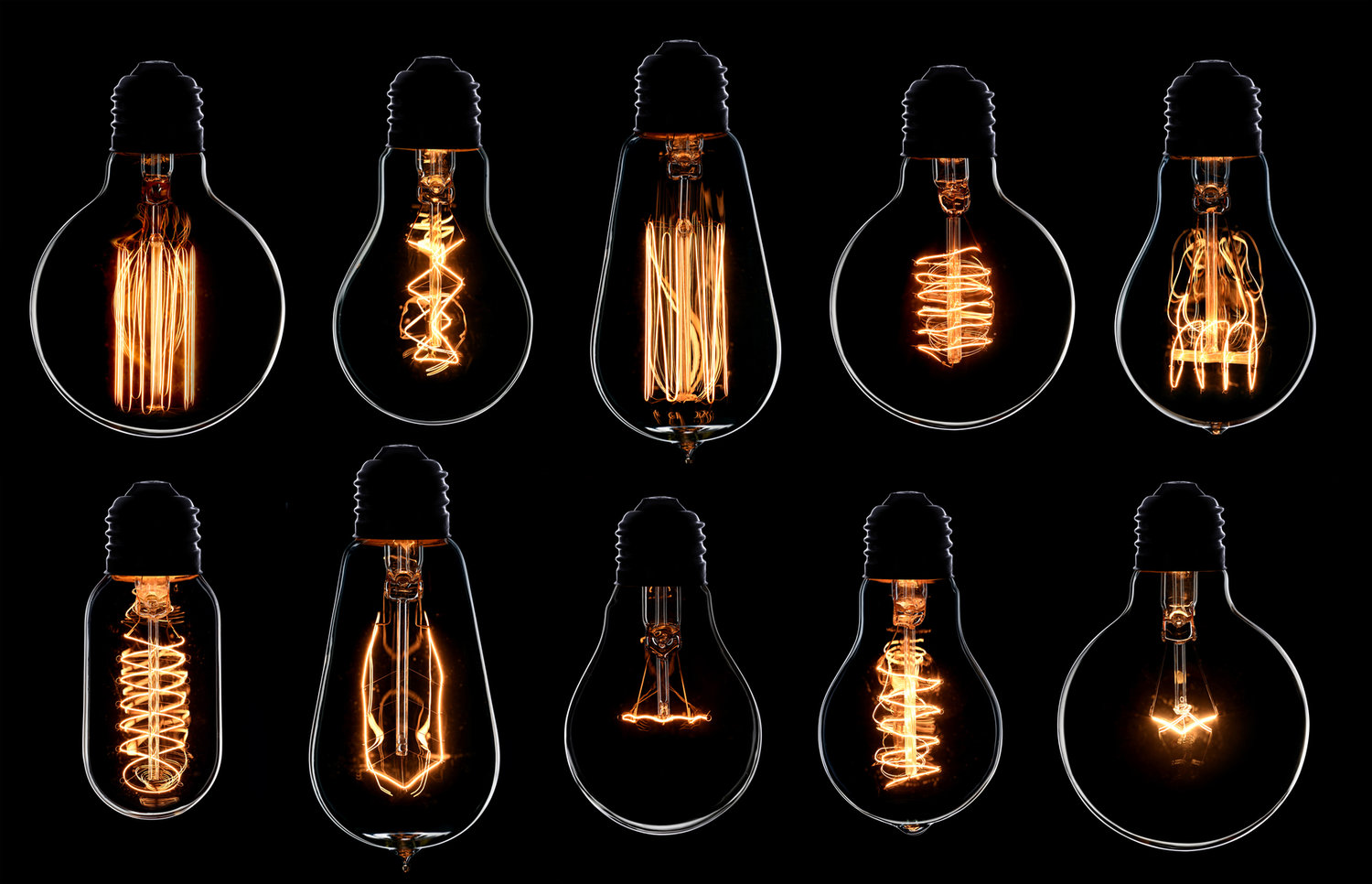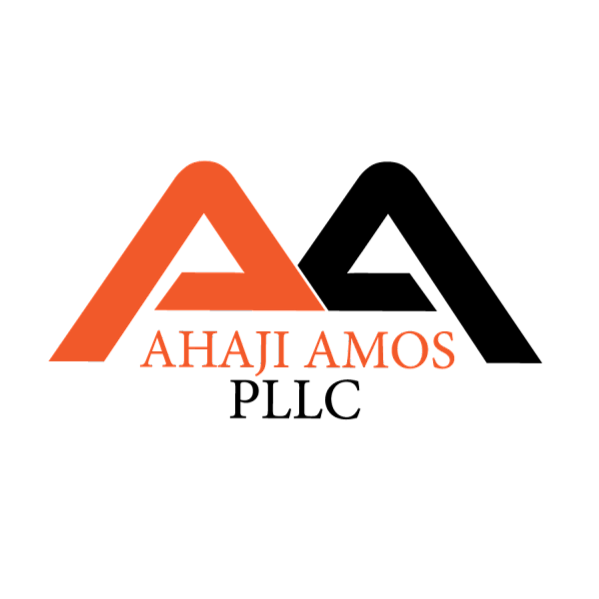
PATENTS
PATENTS
A patent is a set of exclusive rights granted by a sovereign state to an inventor or assignee for a limited period of time in exchange for detailed public disclosure of an invention. The procedure for granting patents, requirements placed on the patentee, and the extent of the exclusive rights vary widely between countries according to national laws and international agreements. Typically, however, a granted patent application must include one or more claims that define the invention. A patent may include many claims, each of which defines a specific property right. These claims must meet relevant patentability requirements, such as novelty, usefulness, and non-obviousness. The exclusive right granted to a patentee in most countries is the right to prevent others, from commercially making, using, selling, importing, or distributing a patented invention without permission.
PATENT PROSECUTION AND COUNSELING SERVICES
PROVISIONAL PATENT PENDING PATENT APPLICATION
NON-PROVISIONAL UTILITY PATENT APPLICATION PREPARATION AND FILING
DESIGN PATENT APPLICATION PREPARATION AND FILING
PCT INTERNATIONAL PATENT APPLICATION PREPARATION AND FILING
INTELLECTUAL PROPERTY AUDITS
PLANT PATENT APPLICATION PREPARATION AND FILING
PATENT INFRINGEMENT MONITORING
PATENT PORTFOLIO STRATEGY COUNSELING
PATENT CLEARNACE FREEDOM TO OPERATE OPINIONS
YOUR QUESTIONS…
1. When should I apply for a patent?
2. Can I patent my name and logo?
3. How do I know if I can get a patent?
4. Someone is using my patented process. How do I stop them?
5. Should I file a provisional patent application or a utility patent application?
6. How does a design patent differ from a trademark?
7. How long does the patenting process take?
8. Can I design around an existing patent?
OUR ANSWERS…
We provide a comprehensive set of services related to the creation, exploitation, and protection of patent portfolios. Many patent prosecution services are offered on a flat fee basis.
An inventor should apply for a patent application to protect their invention no more than 12 months after a public disclosure, sale, or offer for sale. Best practice would dictate applying for at least a provisional patent application before talking to investors, manufacturers, distributors, or any third party.
Product or service names and logos are protectable, but they are protectable using trademarks. Patents protect, new, useful, and non-obvious inventions.
You can get a patent if three criteria are met. First, the invention must be patentable subject matter. Second, the invention must be new. Third, the invention must be non-obvious.
If someone is using a product that you have patented, you must call a patent litigator, like Ahaji Amos. Patent litigation is complex and can’t be done without a skilled professional.
You should file a provisional patent application only if you want to disclose the invention to someone and you are not ready to file a non-provisional utility patent application. Provisional patent applications do give patent pending status, but never turn into patents.
A design patent lasts for only 14 years, while trademark protection on designs lasts for as long as the design is in use. However, the standards for infringing each is different.
On average it takes about thirty-six months from the time a non-provisional utility patent application is filed until it issues into a patent.
Maybe, call us and we can walk you through it.


